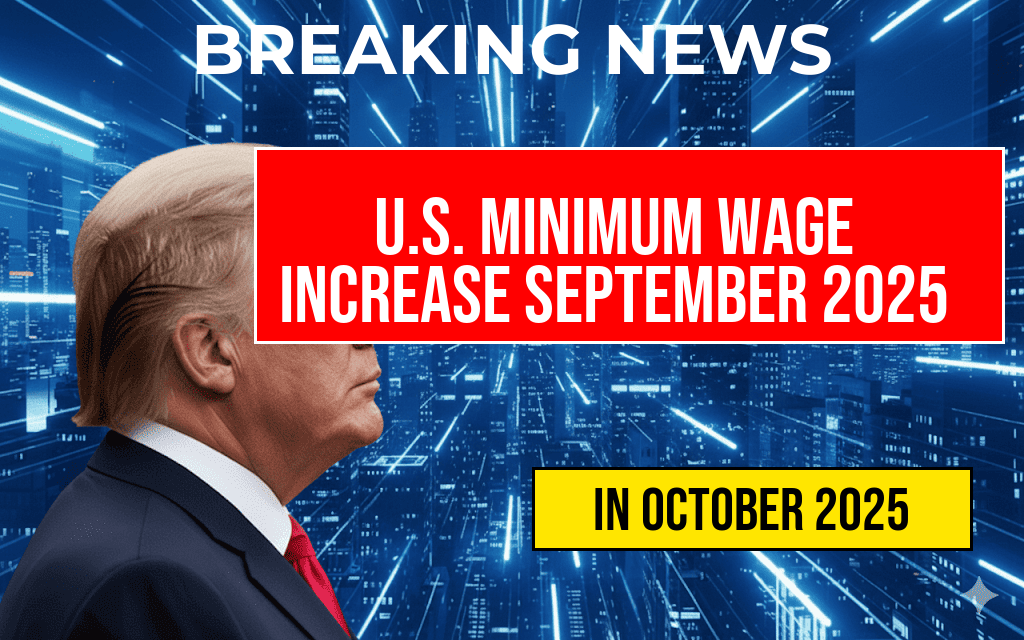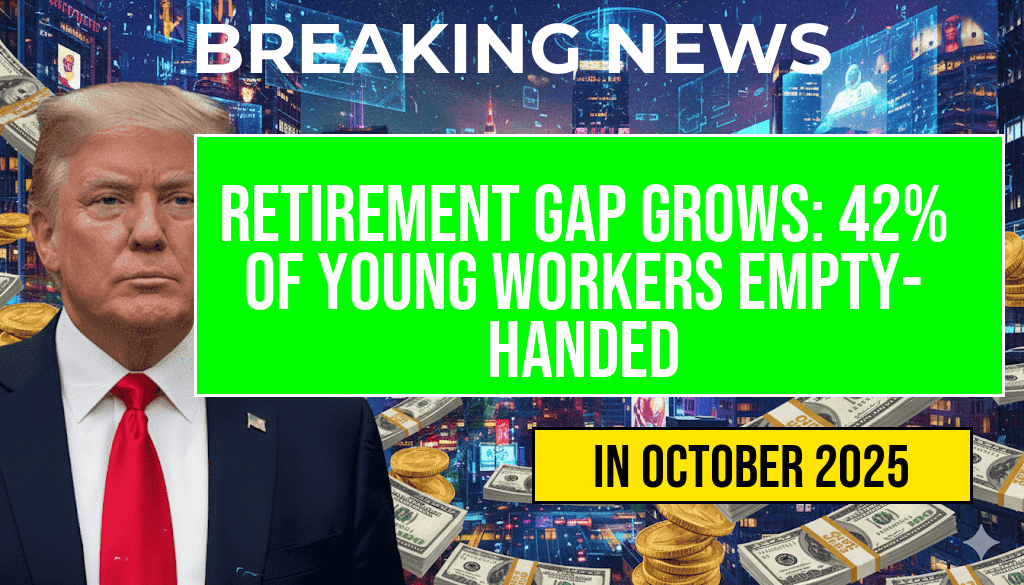Effective September 30, 2025, the United States will see a nationwide increase in the federal minimum wage, impacting millions of workers across various industries. The wage hike follows legislative adjustments aimed at addressing rising living costs and ensuring fair compensation. The updated rates mark a significant shift in the minimum wage landscape, with many states and localities also implementing their own increases aligned with or exceeding federal standards. The new federal minimum wage will rise from $7.25 per hour—the rate established in 2009—to $9.00, with further scheduled increases over the next few years. This change is expected to influence employment dynamics, employer costs, and worker earnings nationwide. Below, we detail the full list of new hourly rates, highlight key regional differences, and explore the implications for businesses and employees alike.
Federal Minimum Wage Adjustment for 2025
The federal government announced that starting September 30, 2025, the minimum wage will be increased to $9.00 per hour. This move is part of a broader effort to gradually raise wages and reduce income disparity. The increase is mandated by the Fair Minimum Wage Act of 2007, which stipulates scheduled adjustments tied to inflation and economic conditions. While the federal minimum remains below the levels seen in some states, the hike represents the first significant increase since 2009, signaling a shift toward more substantial wage policies.
State and Local Variations
Many states and municipalities have set their own minimum wages higher than the federal baseline. These regional adjustments reflect local economic conditions and cost of living factors. For example, California, Washington, and Massachusetts are among the states with minimum wages exceeding $15 per hour, often adjusted annually through local legislation. Localities like Seattle, San Francisco, and New York City continue to lead in setting higher minimums, sometimes surpassing $20 per hour, which can influence wage standards nationally.
Impact on Employers and Workers
Businesses across sectors ranging from retail and hospitality to healthcare are preparing for increased labor costs. Small businesses, in particular, may face challenges balancing wage hikes with maintaining profitability. However, proponents argue that higher wages can boost employee morale, reduce turnover, and stimulate local economies through increased consumer spending. Conversely, some industry groups warn of potential employment slowdowns or price hikes resulting from increased payroll expenses.
Schedule of Future Increases
| Effective Date | Minimum Wage |
|---|---|
| September 30, 2025 | $9.00 |
| September 30, 2026 | $10.00 |
| September 30, 2027 | $11.00 |
| September 30, 2028 | $12.00 |
| September 30, 2029 | $13.00 |
| September 30, 2030 | $14.00 |
| September 30, 2031 | $15.00 |
Full List of New Hourly Rates by State
Below is a comprehensive overview of the adjusted minimum wages across the nation, including states that follow the federal increase and those with higher mandated rates:
States Following Federal Minimum Wage
- Alabama: $9.00
- Arkansas: $9.00
- Delaware: $9.00
- Mississippi: $9.00
- South Dakota: $9.00
- Wyoming: $9.00
States with Higher Minimum Wages
- California: $16.50
- Massachusetts: $15.00
- New York: $15.75 (New York City)
- Washington: $15.74
- Oregon: $14.75
Implications and Outlook
As the federal minimum wage increases come into effect, both employers and employees are expected to experience tangible changes. Workers earning at or near the previous federal level will see immediate financial benefits, potentially reducing poverty and enhancing quality of life. Employers, meanwhile, may need to adjust budgets, revise staffing strategies, and explore automation or productivity improvements to offset higher labor costs.
Policy experts note that phased increases like those scheduled for the next several years aim to balance economic growth with wage growth. The federal government emphasizes that these adjustments are part of a broader strategy to ensure sustainable economic development while addressing income inequality. For additional details on the legislative framework guiding these changes, visit the Wikipedia page on the Fair Minimum Wage Act of 2007.
As states and localities continue to set their own wage standards, the landscape of minimum wages in the U.S. is expected to grow more complex. Businesses operating across multiple jurisdictions must stay informed of regional requirements to remain compliant and competitive. For ongoing updates and analysis, reputable sources like Forbes and Bureau of Labor Statistics offer valuable insights into labor market trends and policy developments.
Frequently Asked Questions
What is the effective date of the new U.S. minimum wage increase?
The new U.S. minimum wage will take effect on September 30, 2025.
Which states have increased their minimum wage rates?
The article provides a full list of states that have updated hourly wage rates effective September 30, 2025, along with their new rates.
How are the new hourly wage rates determined for each state?
The new hourly rates are based on state legislation and are designed to reflect cost of living adjustments and economic conditions specific to each state.
Will employers need to make immediate adjustments to employee wages?
Yes, employers are required to update wages to comply with the new minimum wage rates starting from September 30, 2025.
Are there any exceptions or special cases for the new minimum wage rates?
Some exceptions may apply based on employee classification, industry, or employer size. It’s important to review specific state and federal regulations for detailed information.






